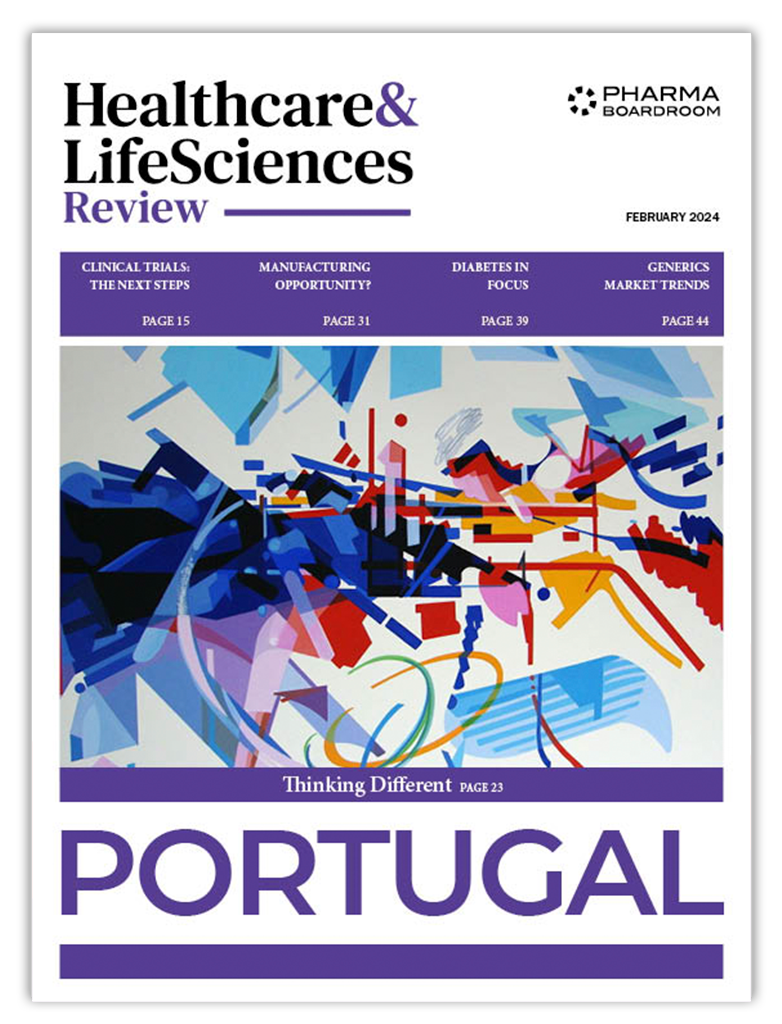
Pierre Meulien, Executive Director of the Innovative Medicines Initiative (IMI) in Europe, outlines the value of public-private partnerships in drug research and development and highlights areas where these collaborations are proving their worth in overcoming some of the most challenging threats to our health.
Our collective ability to translate new scientific discoveries into impacts for patients remains compromised and our health systems struggle to bring innovations on board in an affordable way.
Public-private partnerships (PPPs) are well-established instruments that have traditionally been used to build infrastructures such as bridges, motorways and multi-use stadiums. More recently, PPPs have been used in research and development in Europe as exemplified by the PPPs launched by the European Commission in the fields of innovative medicines, clean air transport, fuel cells and hydrogen, bio-industries, rail systems, air traffic control systems and electronic components and systems.
The Innovative Medicines Initiative (IMI) is a typical example of a PPP as it represents a long-term commitment from the public sector through the European Commission and the private sector through EFPIA (the European Federation of Pharmaceutical Industries and Associations), with a joint financial commitment of over €5 billion since 2008. Other examples of PPPs in this area include the Critical Path Institute, the Clinical Trials Transformation Initiative, the Structural Genomics Consortium, the Accelerating Medicines Partnership and Japan’s Global Health Innovative Technology Fund.
So why do we need these partnerships, and what added value do they bring to society?
We all know how challenging it is to bring new medical innovations into practice. It is, rightly, a highly regulated domain; it is very expensive; attrition rates remain high, and this has a direct impact on the high price we sometimes pay for new treatments. Our collective ability to translate new scientific discoveries into impacts for patients remains compromised and our health systems struggle to bring innovations on board in an affordable way.
To address some of these challenges, PPPs have been developed to share risks, accelerate the drug development pathway and generally work in those areas where there is both an important unmet medical need and where progress in these areas would have significant value for society.
To illustrate these points, I will refer to three domains where PPPs have been particularly active: medicine safety, Alzheimer’s disease and antimicrobial resistance.
Medicine Safety
Medicine safety is a perfect subject for a PPP; it is an area where normally competing companies can share data, work together and, using the latest technologies developed in universities and small-to-medium enterprise (SMEs), improve the safe use of medicines. Today, over 200,000 lives are lost every year to adverse reactions to medicines in Europe alone. Meanwhile, new scientific knowledge is allowing us to understand the underlying reasons as to why certain medicines are dangerous for small subsets of individuals. If we can identify those individuals before prescribing medication, many adverse events could be prevented and alternative interventions proposed. In IMI’s €36 million SAFE-T projects, scientists from 12 pharmaceutical companies, 10 academic labs and 4 SMEs developed several new markers to predict, detect and monitor drug-induced injuries in the liver, kidney and cardiovascular system. In collaboration with a similar C-PATH project, they obtained the approval of regulatory authorities in the US and Europe to use the markers in clinical assessments of new and existing drugs. This success illustrates the benefits of scale and of defining a pre-competitive space where the advantages of sharing knowledge are obvious.
Alzheimer’s
Alzheimer’s disease is another area where there is an urgent need for more collaboration. Ten years ago, this was a highly competitive field as companies believed they had molecules in clinical trials that would succeed, and the race was on to see who could get to the market-place first. As we now know, that investment (estimated to be in the order of €10 billion) did not translate into new products. One important lesson from these trials was that intervening in late-stage disease is particularly challenging. Now, pharmaceutical companies are working with the public sector, imaging companies and patient advocates to look at this disease in a completely different and more holistic manner in a series of IMI projects representing a collective investment of over €250 million. These game-changing projects are looking into the underlying mechanisms of Alzheimer’s and constructing clinical research platforms for early intervention strategies. They also link in with international initiatives such as the Global Alzheimer’s Platform
Antimicrobial Resistance
Finally, PPPs are proving their worth in the area of antimicrobial resistance, which has both scientific and economic challenges. It is clear that new antibiotics are needed, but as new molecules should be reserved for exceptional use, there is no market for companies to make commercially viable businesses. Several PPPs, including many IMI projects and CARB-X in the US, are addressing not only the scientific and clinical challenges but also looking at new economic models. We need these models to de-risk the huge investment the private sector will have to make in order to bring new interventions to address this public health threat.
These challenges illustrate the need for PPPs. No single industry, country, or academic institution can tackle them alone with any chance of making an impact, but by working collectively, in an aligned manner, real progress is possible.


